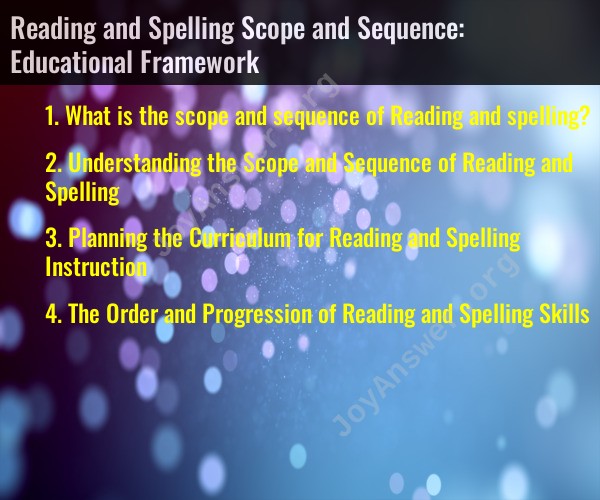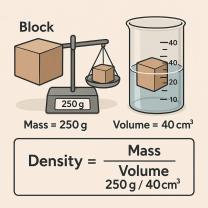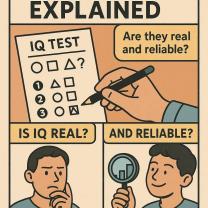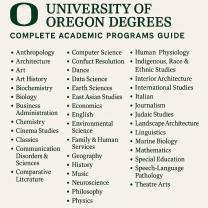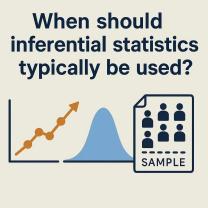What is the scope and sequence of Reading and spelling?
The scope and sequence of reading and spelling can vary depending on the educational framework or curriculum being used. However, I can provide a general overview of what you might find in a typical scope and sequence for these subjects in an English language curriculum.
Reading Scope and Sequence:
Phonemic Awareness: Developing an understanding of the sounds that make up words and how they relate to letters.
Phonics: Learning the relationship between letters (graphemes) and their corresponding sounds (phonemes).
Vocabulary Development: Building a strong foundation of words and their meanings, including sight words and high-frequency words.
Reading Comprehension: Developing the ability to understand and interpret texts, including making inferences, summarizing, and making connections.
Fluency: Building the skill of reading with speed, accuracy, and expression.
Text Types: Exploring different types of texts, such as fiction, non-fiction, poetry, and informational texts.
Literary Analysis: Learning to analyze literature, including elements like plot, character, theme, and symbolism.
Critical Thinking: Developing the ability to evaluate and critically analyze texts.
Spelling Scope and Sequence:
Phonemic Awareness: Understanding the sounds that make up words and the connection between sounds and letters.
Phonics: Applying knowledge of letter-sound relationships to spelling.
Sight Words: Learning and memorizing common irregularly spelled words.
Word Patterns: Studying common spelling patterns, such as vowel teams, consonant blends, and digraphs.
Spelling Rules: Understanding and applying spelling rules and conventions, including plurals, verb endings, and suffixes.
Vocabulary Development: Expanding vocabulary and understanding word meanings to aid in spelling.
Word Families: Recognizing and spelling words with similar root words or word families.
Proofreading and Editing: Learning to revise and edit written work for correct spelling.
Spelling Strategies: Developing strategies for learning and remembering how to spell challenging words.
Keep in mind that the specific content and sequence can vary based on the grade level and the curriculum being used. Different educational systems and programs may have their own unique scope and sequence for reading and spelling instruction.
- Understanding the Scope and Sequence of Reading and Spelling
The scope and sequence of reading and spelling refers to the order in which reading and spelling skills are taught. It is important to have a clear understanding of the scope and sequence of reading and spelling so that you can provide your students with the most effective instruction.
The scope and sequence of reading and spelling can be divided into three stages:
- Stage 1: Alphabetic knowledge
Alphabetic knowledge refers to the ability to recognize and understand the relationship between letters and sounds. This is the foundation of reading and spelling.
- Stage 2: Word recognition
Word recognition refers to the ability to quickly and accurately identify words in print. This includes both decoding (sounding out words) and sight words (words that are recognized instantly).
- Stage 3: Spelling
Spelling refers to the ability to write words correctly. This includes both phonetic spelling (spelling words based on how they sound) and sight spelling (spelling words from memory).
- Planning the Curriculum for Reading and Spelling Instruction
When planning the curriculum for reading and spelling instruction, it is important to consider the following factors:
- The students' needs: What reading and spelling skills do the students need to develop?
- The students' prior knowledge: What reading and spelling skills do the students already have?
- The available instructional resources: What reading and spelling instructional resources are available to you?
Once you have considered these factors, you can begin to develop a curriculum that will help your students develop the reading and spelling skills they need.
- The Order and Progression of Reading and Spelling Skills
The order and progression of reading and spelling skills is as follows:
- Alphabetic knowledge: Students first need to develop alphabetic knowledge. This can be done through activities such as phonemic awareness activities (such as rhyming games and blending and segmenting activities) and phonics instruction (such as teaching students the relationship between letters and sounds).
- Word recognition: Once students have developed alphabetic knowledge, they can begin to develop word recognition skills. This can be done through activities such as sight word practice and decoding instruction (such as teaching students how to sound out words).
- Spelling: Spelling skills develop alongside word recognition skills. Students can be taught spelling rules and strategies, but they also need to practice spelling words in order to develop automaticity.
It is important to note that the order and progression of reading and spelling skills is not linear. Students may need to revisit previous skills or focus on different skills at different times. For example, a student who is struggling with decoding may need to receive additional phonics instruction.
It is also important to note that reading and spelling instruction should be integrated. This means that students should be given opportunities to practice their reading and spelling skills in the context of meaningful texts.
By understanding the scope and sequence of reading and spelling, you can plan an effective curriculum that will help your students develop the reading and spelling skills they need.
